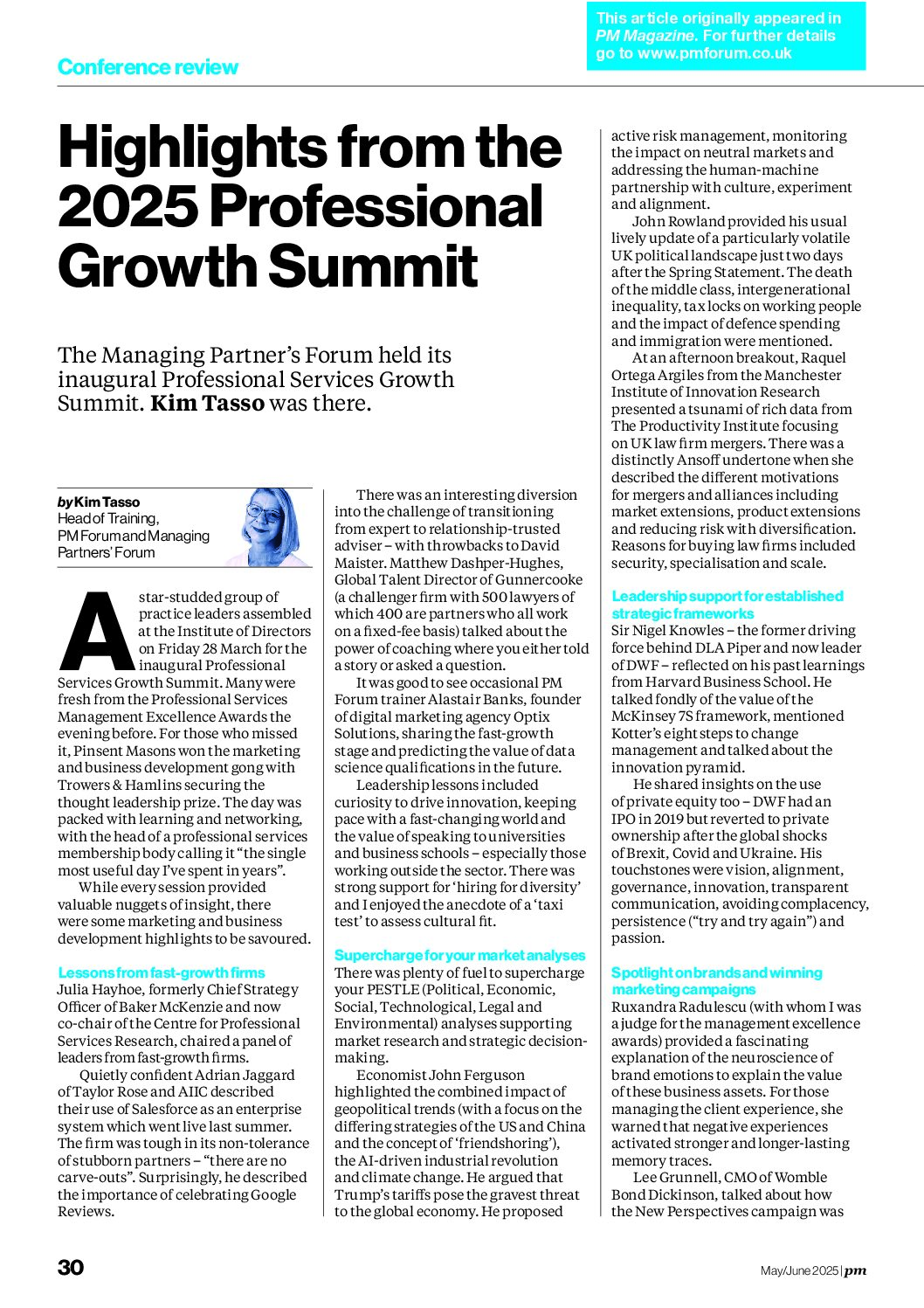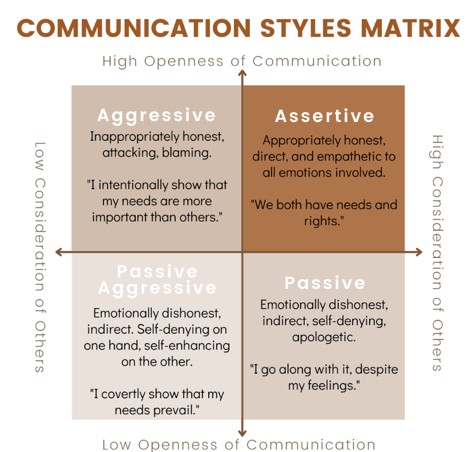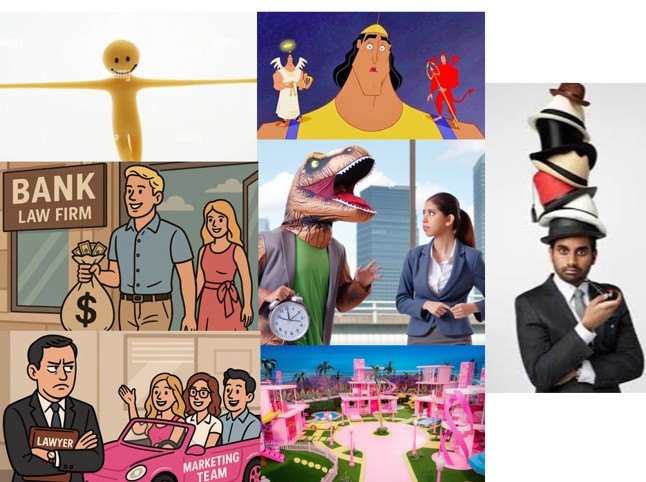This week I was asked to present a training session on the subject of marketing to the elderly market. Quite a tricky one as it is right in the middle of consumer marketing land whereas I am a native of business-to-business marketing country.
Anyway. I did a fair bit of research over the past few months – as you do. And I found it quite fascinating. For example, this is a really massive market with 20m in the UK over 50 – responsible for 30% of consumer spending. A segmentation by age showed that there are distinct categories for the 55 to 65, the 65 to 85 and the over 85s and ACORN has 11 specific categories such as “old people, detached homes” and “retired home owners”.
Despite popular views that there is a digital divide, the Internet was named as the number one favourite past time for retired people – with those researched clocking up a staggering six hours a week online. And 40% of retired folk claiming that they were regular Internet shoppers. That puts the younger crackberry addicts to shame! No wonder some of the leading upmarket consumer organisations are investing heavily in social networking communities for older shoppers.
There were some interesting consumer research studies showing that older citizens do not identify with marketing that has negative associations with old age but with those showing incredibly active and adventurous mature folk. Anyway, armed with these and other analyses we brainstormed some pretty wild ideas about what innovative new services we might develop for some of the silver segments – branching out from the current work that solicitors do in the wills, trusts, power of attorney, Court of Protection and probate work – using that trusted adviser status to its full. We also looked at some fairly radical ideas about sensitive marketing campaigns using direct and indirect channels.
I plan to write up a detailed account of my findings and some of the ideas in an article for a future edition of a magazine specialising in the elderly market. Please drop me an email if you would like a copy when it is published.









